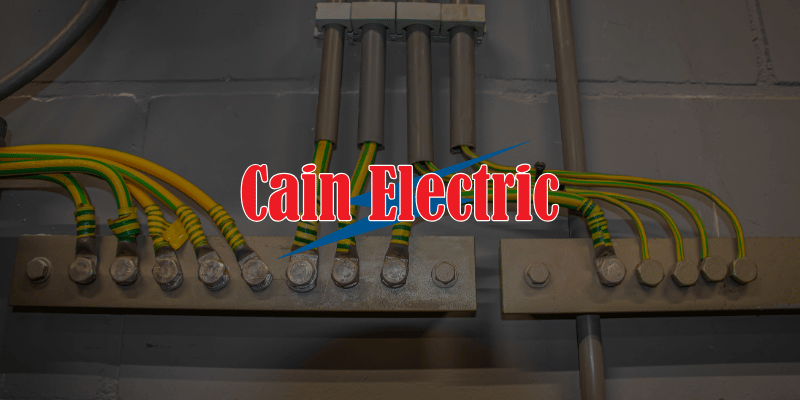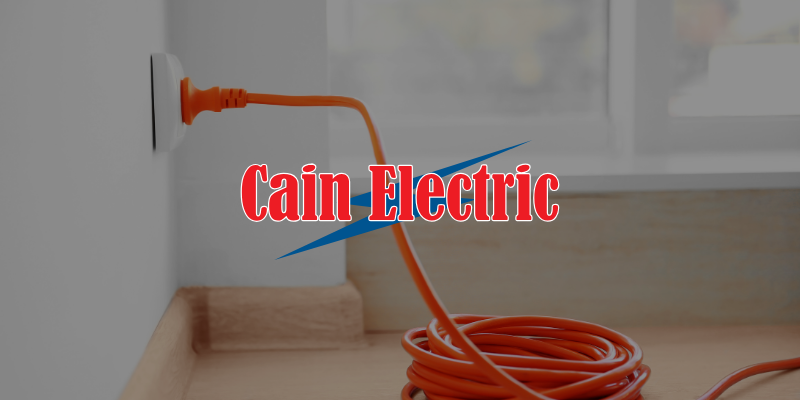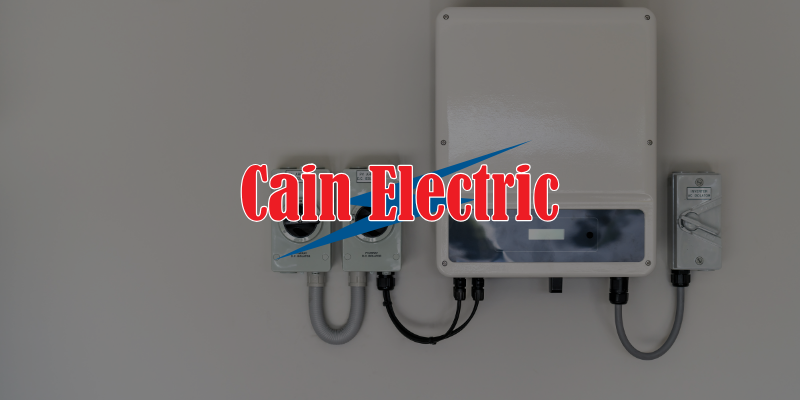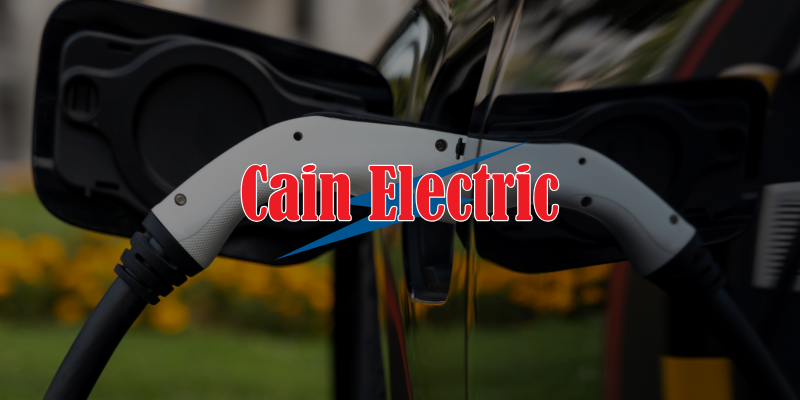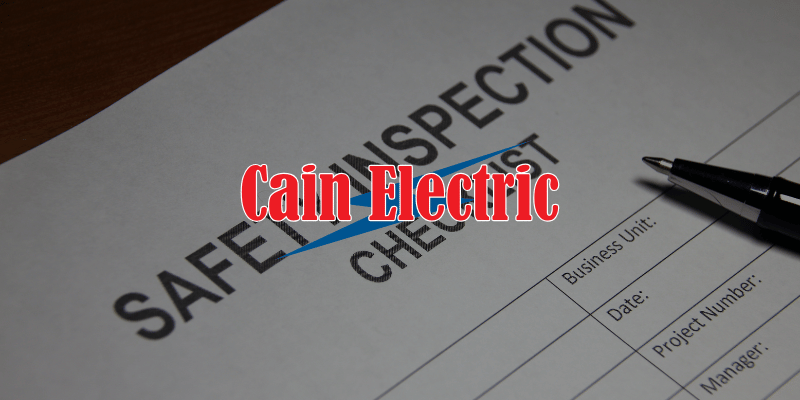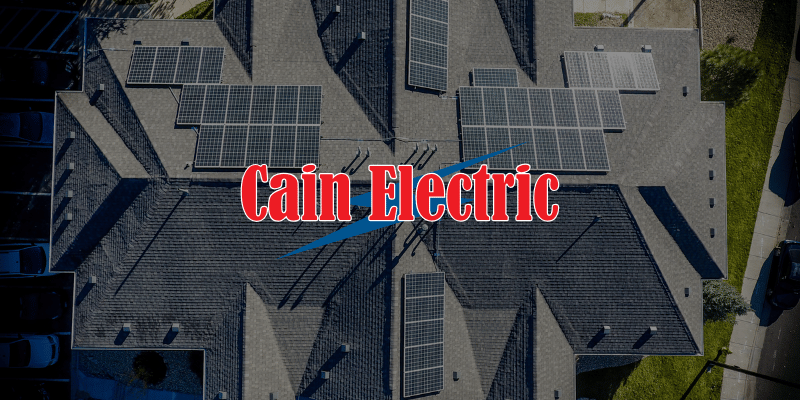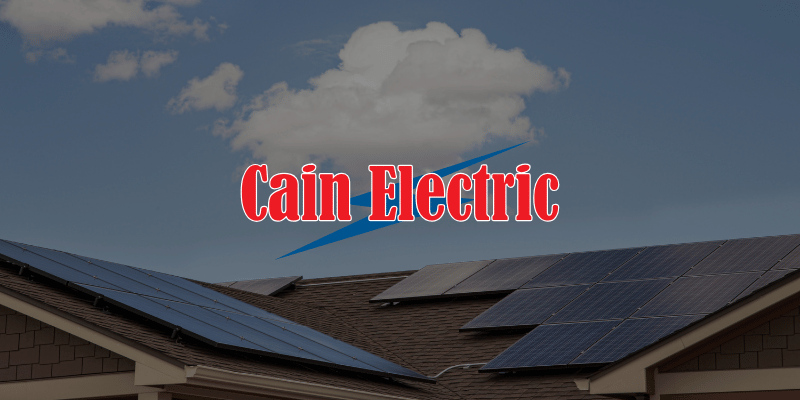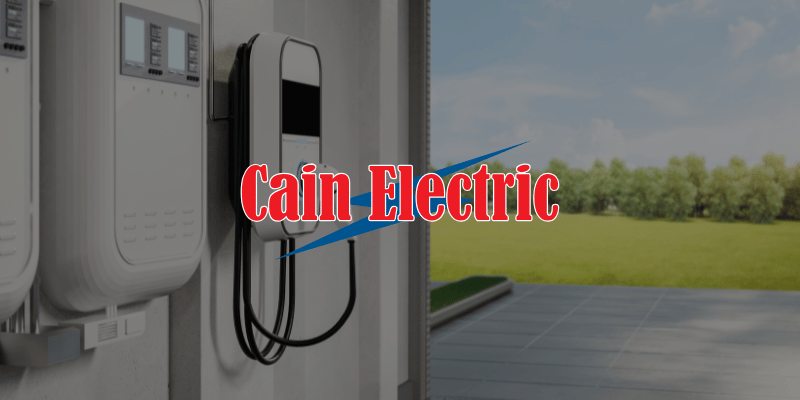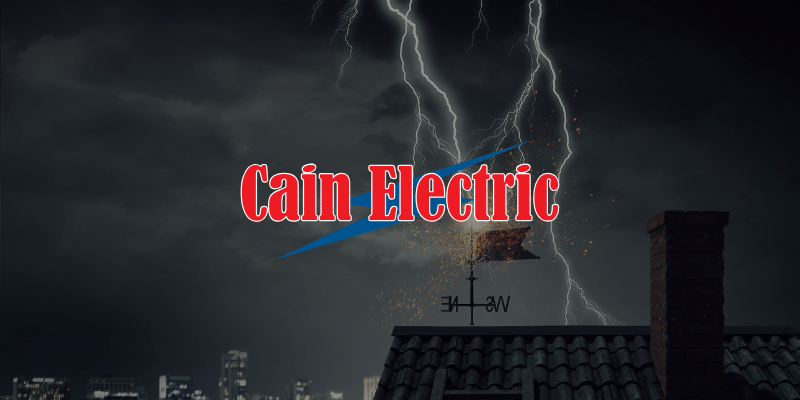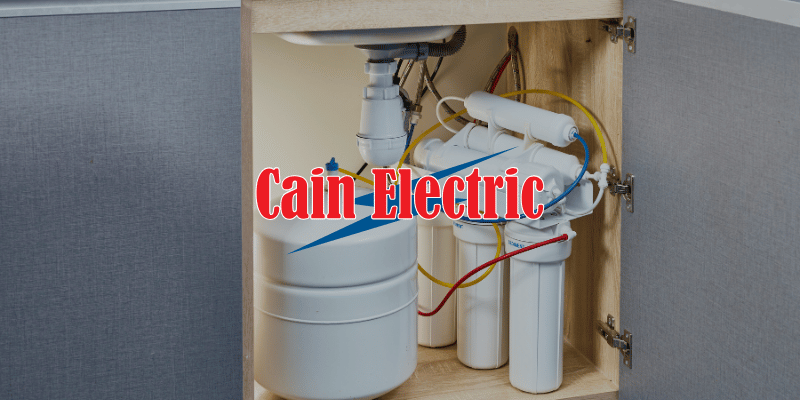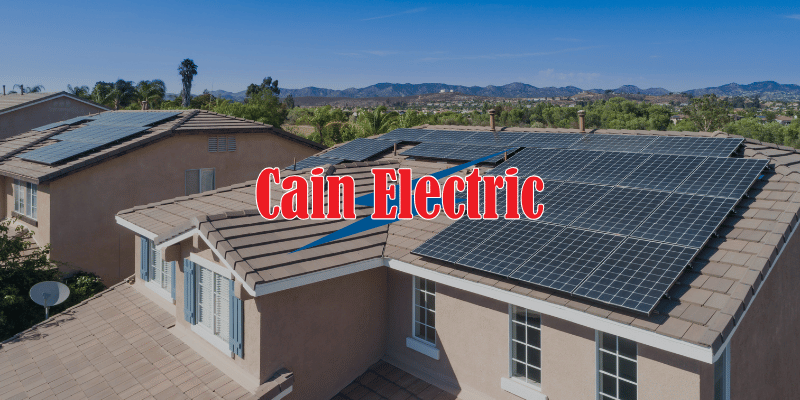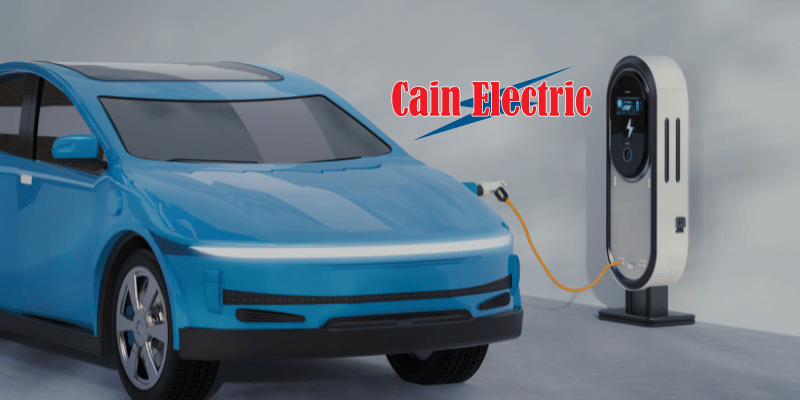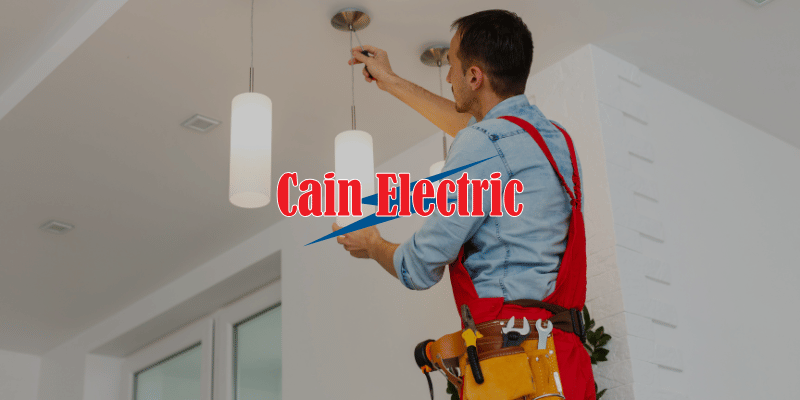
EV Charger Permits and Costs by County in Missouri: St. Louis, St. Charles, Franklin, Jefferson
Installing a home EV charger in Missouri is straightforward when you plan the permit, the electrical work, and the inspection from the start. This guide explains what local inspectors look for, what paperwork to prepare, how costs stack up, and county specific tips for St. Louis County, St. Charles County, Franklin County, and Jefferson County. If you are just starting your project, browse our service overview for EV Charger Installation and then use the details below to map your next steps.
What a compliant Level 2 install usually includes
A safe Level 2 charger runs on a dedicated 240 volt circuit sized to the equipment rating. Most residential chargers are 32 to 50 amps. That means a dedicated 40 to 60 amp breaker, copper conductors sized per code, and a continuous load calculation so the breaker is not undersized. Hardwired chargers connect directly to the branch circuit. Plug in chargers use a NEMA 14 50 or 6 50 receptacle. Receptacle type circuits in garages or outdoors need the right weather rating and a listed cover. Many inspectors also look for a label at the panel that identifies the EV circuit.
Other items inspectors commonly check
- Working clearances in front of the panel and charger
- Conduit support spacing and proper fittings at box entries
- Fasteners into studs or masonry for the charger bracket
- GFCI protection for receptacle type EV circuits where required by the local code set
- Breaker type that matches the panel listing and bus rating
- Proper bonding of metal boxes and equipment grounds that terminate on the grounding bar
If your main panel is full or undersized, our Residential Electrician team can plan a panel upgrade or a sub panel so the charger has a clean, dedicated space. For workplaces or multifamily parking, see our Commercial Electrician services.
Paperwork and drawings you should prepare before applying
- A simple one line diagram that shows the breaker size, wire size, conduit type, and the charger model
- A site sketch or annotated photo that shows the charger location, cable pathway, and the main service panel
- Manufacturer cut sheets for the charger and any load management device
- A load calculation or panel schedule that shows existing large loads and available capacity
- If trenching is involved, a short note on burial depth and conduit type
Having these documents ready makes online permit submittals fast. If you prefer a full service approach, our designers prepare these drawings for you as part of EV Charger Installation.
Cost components you can control
Hardware is only part of the budget. The total cost depends on wire length, wall construction, attic or crawl access, and whether trenching is required. Use these buckets to build a quick estimate at home.
- Charger hardware. Most quality Level 2 chargers fall into a reasonable range. Networking and smart features add cost.
- Dedicated circuit parts. Breaker, wire, conduit, connectors, mounting hardware, and labeling.
- Labor. Wall fishing, attic runs, crawl spaces, or masonry drilling add time.
- Trenching. Detached garages often need underground conduit. The run length and surface type drive cost.
- Panel work. Adding a sub panel or upgrading a crowded main panel increases the budget but often improves reliability.
- Permit and inspection fees. Usually a small fraction of the project total, but still worth planning for.
For a deeper dive on budgets, read our companion post on EV Charger Installation Costs. If you are deciding between Level 2 at home and public fast charging, compare options in Level 2 vs Level 3 EV Chargers.
St. Louis County
St. Louis County includes many municipalities with their own building departments as well as unincorporated areas that use a county portal. The process is similar in both cases. You submit a short application with your one line diagram, charger cut sheet, and a simple site sketch. Some cities ask for a load calculation if your home has a 100 amp service or if the charger is 50 amps or larger. Most residential projects qualify for a same day or next day inspection once the permit is issued.
Practical notes for St. Louis County homes
- Garages with finished drywall often require a short surface conduit run from the ceiling down to the charger. Keep the path straight and supported per code.
- If the panel is on the opposite side of the house from the garage, a clean attic route saves time. Avoid low clearance areas that slow inspection access.
- Older homes in cities like Kirkwood or Webster Groves may have older panels with limited breaker spaces. Review signs you may need an upgrade here. See Panel Upgrade Red Flags.
- If you plan to add solar later, place the EV breaker to keep bus calculations friendly for a future solar backfeed. Learn more in Missouri Home Solar Electrical Upgrades.
St. Charles County
Large cities such as O Fallon, St. Peters, and St. Charles run their own permitting portals, and unincorporated St. Charles County has a county process. Expect a basic residential electrical permit with an inspection after installation. Inspectors typically want a tidy installation, a breaker that matches conductor size, and GFCI protection where a receptacle is used. Many attached garages have the panel on a shared wall. These installs are efficient because wire lengths are short and wall fishing is minimal.
Tips that keep St. Charles projects simple
- Photograph the charger location and the panel with the cover off before you apply. These photos help reviewers match the one line to the real conditions.
- If your home has only 100 amp service and many large appliances, have a load calculation ready. A calculation often shows that a 40 amp EV circuit still fits safely.
- Newer neighborhoods in St. Charles often have underground services with meter combo panels outdoors. If the indoor panel is full, adding a small outdoor sub panel near the meter can shorten the run and keep the garage clean.
- Planning solar and storage. If you think batteries are in your future, read Solar Battery Storage in Missouri 2025 and discuss a backed up loads panel before you place the charger.
Franklin County
Franklin County includes Washington, Union, Pacific, and many rural areas. Permitting practices vary by city and township. Detached garages and pole barns are common, so underground feeders are a frequent part of the scope.
Franklin County considerations
- Trench planning. PVC conduit for a 240 volt feeder to a detached garage often calls for a specific burial depth. Plan the trench route to avoid tree roots and irrigation lines. Photographs before backfilling help inspectors and protect you if a future repair is needed.
- Moisture and dust. Rural garages can be dusty or exposed to splash. Choose a charger with a suitable NEMA or IP rating and use weather resistant boxes and covers.
- Service mast condition. Storms and ice can loosen the service mast and meter base. Correct those issues before adding a large new load. Our Storm Damage Repair team can restore the mast, meter base, and grounding so the EV project is not delayed.
- Combining projects. If you plan to add a small sub panel in the garage for tools or a future welder, doing that with the EV circuit saves on labor and permit trips.
Jefferson County
Jefferson County serves a wide mix of homes and neighborhoods, including Arnold, Festus, and Hillsboro. The county and the cities each run their own permits. The EV scope is still the same. Dedicated circuit, correct conductor sizing, clean routing, and a final inspection.
What helps in Jefferson County
- Finished garages. Many homes have finished garages with cabinetry. Plan the charger height so the cable hangs clear of cabinets and vehicles. Add a simple cable hook to prevent strain on the connector.
- Water heaters and furnaces. Avoid mounting a charger or receptacle near gas appliance flue pipes or drip legs. Review clearances during layout and include them on your site sketch.
- Outdoor locations. For carports or driveway parking, use a charger with a rated outdoor enclosure and a cover that protects connections when not in use. Keep the receptacle above typical snow lines and away from direct sprinkler spray.
When a service upgrade makes sense
If your main panel is full or your service is only 60 to 100 amps, an upgrade can be a good investment. Modern homes with heat pumps, induction ranges, and EVs benefit from a 200 amp service with expansion space. Upgrading during the charger project avoids rework and lets the electrician place breakers exactly where future solar or storage will fit. If you are thinking about a generator as well, plan the generator transfer equipment location at the same time. See our Whole Home Backup Generators service and compare options in Whole Home vs Portable Generators.
Step by step timeline you can expect
- Site review. A short visit to confirm panel capacity, wire path, and charger location.
- Drawings and permit. Prepare the one line, load calc, and submittal. Many cities approve within a few business days for a simple Level 2 circuit.
- Installation. Typical home installs complete in a single visit. Detached garages or trenching add time.
- Inspection. The inspector checks labeling, wiring, fasteners, and clearances. If walls were opened, there may be a rough and a final inspection.
- First charge. Turn the breaker on, set the charger current to match the circuit rating, and test with your vehicle.
If you want a fast primer before your inspection, read our Residential Electrical Inspection Guide.
Homeowner checklist before the electrician arrives
- Decide on a charger model and confirm the mounting location with a tape measure
- Move storage items so the electrician has a clear path from the panel to the charger
- If trenching is planned, call to locate utilities before digging
- Take photos of the panel label so breaker type can be ordered in advance
- Note any future loads you plan to add, such as a hot tub or a mini split
Business, multifamily, and light commercial notes
Workplace charging and shared parking introduce a few extra steps. Load management devices can keep multiple chargers within a safe total amp limit. Conduit runs across long parking rows may need expansion fittings and carefully planned pull boxes. Some properties choose pedestals instead of wall mounts. Larger projects sometimes benefit from a short utility coordination call so the transformer and service conductors are sized correctly. For planning and permits on these jobs, contact our Commercial Electrician team. To choose the right mix of Level 2 and DC fast charging, review Level 2 vs Level 3 EV Chargers.
Common pitfalls that slow permits or fail inspections
- Submitting a one line that does not match the charger model you bought
- Forgetting a load calculation on small services
- Mounting the charger on thin drywall without anchoring to studs
- Placing a receptacle where the cover cannot close with a plug inserted
- Using a breaker type that is not listed for the panel
- Running flexible cord through walls instead of using permanent wiring methods
- Overlooking a clear label at the panel for the EV circuit
Should you combine the charger with solar or storage
Pairing an EV with solar can offset the added kWh use over the year. If you plan to install both, it is smart to design them together so bus ratings, breaker positions, and conduit routing all play well. Start with Solar Services, then compare real world savings in How Much Do Solar Panels Save. If you want backup power for outages, review Solar Generator Backup Integration and our Whole Home Backup Generators page to see which path fits your home.
Conclusion
A clean permit package and a code correct installation make EV charging simple in every county listed here. Plan the circuit, place the charger where cable reach is convenient, and include a clear one line with your application. If you want a turnkey path that handles drawings, permits, and inspections for you, Cain Electric can help. Tell us your address and the vehicle you drive. We will verify your panel capacity, prepare the permit, and schedule the install.
Ready to get your Level 2 charger installed with no guesswork? Start your project today and get a clear plan for your county and city.
Talk with Cain Electric


